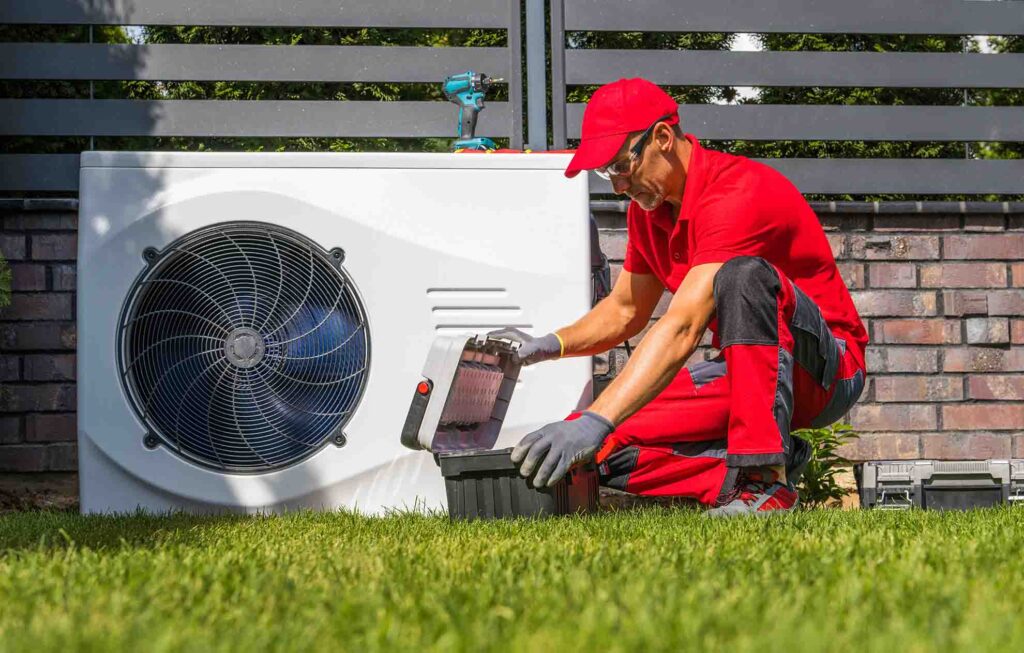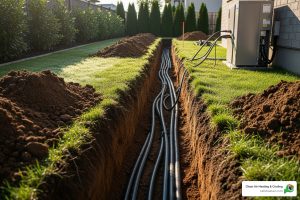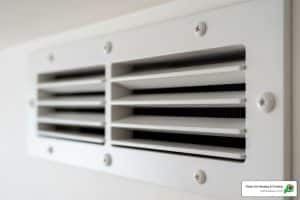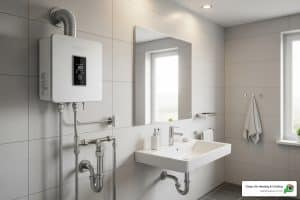When it comes to efficient and eco-friendly heating and cooling solutions for homes and businesses, heat pumps have been gaining popularity in recent years. They offer a versatile alternative to traditional heating and cooling systems, providing both heating and cooling capabilities in a single unit. But what exactly are heat pumps, and how do they work? Join us as we explore the fascinating world of heat pumps, and be sure to visit Clean Air for more information on heat pumps after reading!
So… What Is A Heat Pump?
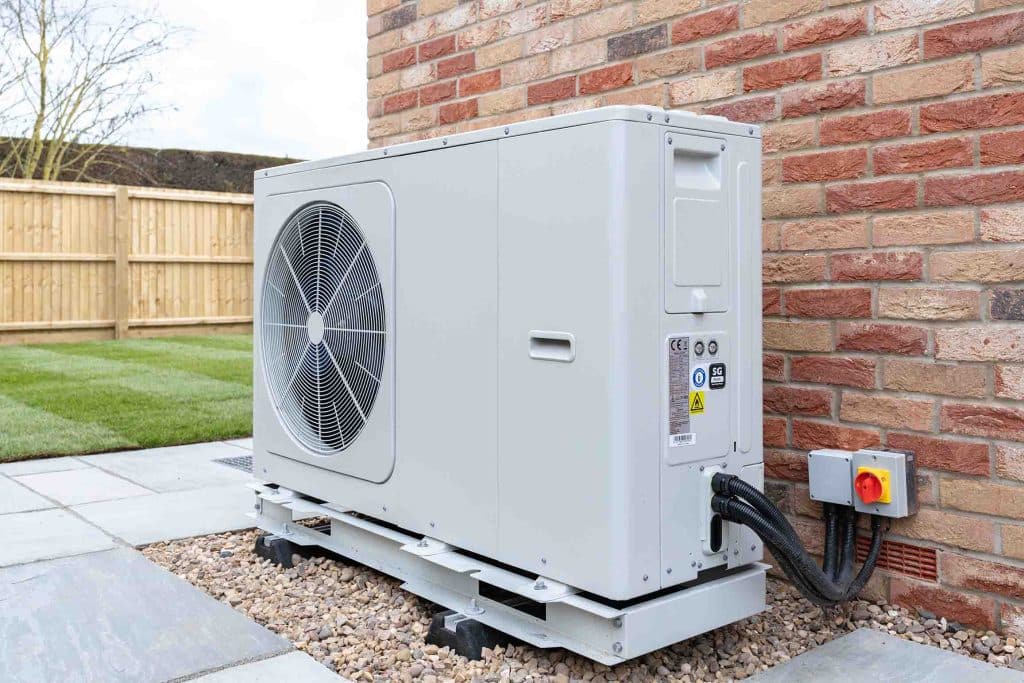
Heat pumps are highly efficient heating and cooling systems that operate on the principle of heat transfer rather than heat generation. At their core, heat pumps are devices that move heat from one place to another using a refrigeration cycle. They are designed to provide both heating and cooling capabilities in a single unit, making them versatile and cost-effective solutions for maintaining indoor comfort.
- In heating mode, a heat pump extracts heat from the external environment, whether it’s the outdoor air, the ground, or a water source, and then transfers this heat into the indoor space. This process is achieved through a refrigeration cycle, which includes components such as a compressor, evaporator, condenser, and expansion valve. The refrigerant within the system changes from a liquid to a gas and back again as it moves through these components, absorbing heat from one area and releasing it in another. This heat transfer process is highly energy-efficient, as it requires significantly less energy compared to traditional heating methods that generate heat through combustion or resistance heating.
- In cooling mode, heat pumps reverse the cycle, removing heat from the indoor environment and expelling it outside, effectively lowering the indoor temperature. This versatility allows heat pumps to provide year-round climate control while consuming less energy and producing fewer greenhouse gas emissions, making them a greener and more sustainable choice for both residential and commercial heating and cooling needs.
How Do Heat Pumps Work?
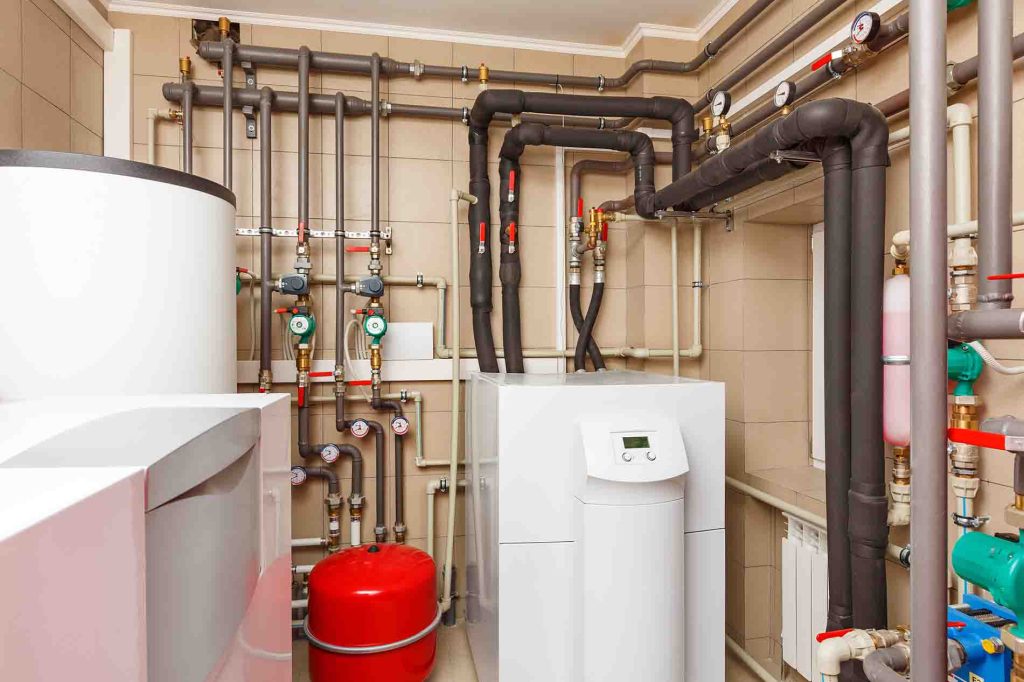
A heat pump operates by transferring heat from one location to another, making it an energy-efficient solution for both heating and cooling. They excel in transferring heat from one place to another through a continuous cycle of evaporation, compression, condensation, and expansion. Below is a detailed breakdown of how each component of heat pumps function at the various steps in the process:
- Evaporation: The process begins in the evaporator coil, typically located indoors or in the area to be heated. A liquid refrigerant with a low boiling point is passed through this coil. As the indoor air (or another heat source, depending on the type of heat pump) comes into contact with the coil, the refrigerant absorbs heat from the surroundings. This absorption of heat causes the refrigerant to evaporate and turn into a low-pressure, low-temperature gas.
- Compression: The now-gaseous refrigerant is then compressed by the compressor, usually located outside the building. The compressor’s action increases the pressure and temperature of the refrigerant, turning it into a high-pressure, high-temperature gas.
- Condensation: Next, the hot, pressurized gas flows into the condenser coil, typically located outdoors. In the condenser coil, the refrigerant releases the heat it absorbed earlier, transferring it to the outdoor air (or another heat sink). This causes the refrigerant to condense back into a high-pressure, high-temperature liquid.
- Expansion Valve: After condensation, the high-pressure liquid refrigerant passes through an expansion valve or expansion device. This valve rapidly reduces the pressure of the refrigerant, causing it to expand and return to a low-pressure, low-temperature state, ready to restart the cycle.
- Reversibility: What makes heat pumps versatile is their ability to reverse this cycle. In cooling mode, the indoor coil acts as the condenser, expelling heat from the indoor air to the outside, thus cooling the indoor space.
Types Of Heat Pumps

There are 3 well-known types of heat pumps that people may want to consider. Each type serves a unique function, and they are each suited to different environments and conditions. Though they may function differently and be used in different situations, they all serve the primary function of providing energy-efficient heating and cooling.
Air-Source Heat Pumps (ASHP)
Air-source heat pumps are the most common type of heat pump and are widely used for both residential and commercial heating and cooling. They extract heat from the outdoor air and transfer it into the indoor space during the heating season. In cooling mode, ASHPs reverse the cycle, removing heat from the indoor air and expelling it outside to cool the indoor space. ASHPs are effective in moderate climates, but their efficiency may decrease in extremely cold weather, as there is less heat to extract from the outdoor air. They are relatively easy to install and maintain, making them a popular choice for many applications.
Ground-Source Heat Pumps (GSHP)
Ground-source heat pumps, often referred to as geothermal heat pumps, extract heat from the ground through a loop system buried underground. The ground remains at a relatively stable temperature year-round, providing a consistent source of heat. GSHPs are highly efficient and can work effectively in a wide range of climates, including cold regions, making them suitable for both residential and commercial use. They are more expensive to install initially due to the ground loop installation but can offer significant energy savings and a shorter payback period over the long term.
Water-Source Heat Pumps (WSHP)
Water-source heat pumps extract heat from a water source, such as a lake, river, pond, or well. They are often used in larger commercial or industrial buildings. WSHPs can be highly efficient, as water sources typically have a stable temperature and can provide a consistent supply of heat or cooling. They require a water source nearby and may involve more complex installation compared to ASHPs. WSHPs are suitable for applications where space is limited, and energy efficiency is a top priority.
The Difference Between Heat Pumps & AC
The primary difference between a heat pump and a regular air conditioning (AC) unit lies in their functionality. While both systems can cool indoor spaces, a standard AC unit is designed solely for cooling purposes. It takes warm air from inside a building, extracts the heat from it, and then expels the cooled air back into the space.
In contrast, a heat pump is a more versatile system capable of both cooling and heating. It operates with a focus on heat transfer, which allows it to extract heat from one location (either the outdoor air, the ground, or a water source) and transfer it into the building for heating during colder months. This dual functionality makes heat pumps a year-round climate control solution, while regular AC units are limited to cooling only. Heat pumps are known for their energy efficiency, as they can provide heating and cooling with a reduced energy consumption compared to running separate heating and cooling systems.
Can A Heat Pump Replace Your Furnace?
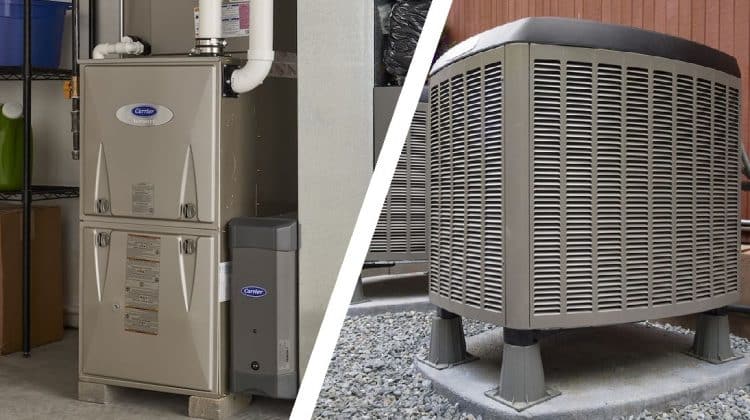
Heat pumps have the potential to replace furnaces in certain heating applications, but the feasibility of this replacement depends on various factors. Heat pumps are highly efficient systems that can provide both heating and cooling, making them a versatile choice for year-round climate control. In regions with moderate to mild winters, such as many parts of the southern United States, heat pumps can often function as a primary heating source, offering energy savings and reduced environmental impact compared to traditional furnaces.
However, in colder climates where winter temperatures frequently drop below freezing, heat pumps, especially air-source heat pumps (ASHPs), may struggle to provide sufficient heat without supplemental heating. In such cases, a furnace or another heating source may be required to meet the heating demands effectively.
Should You Install A Heat Pump For Your Home?
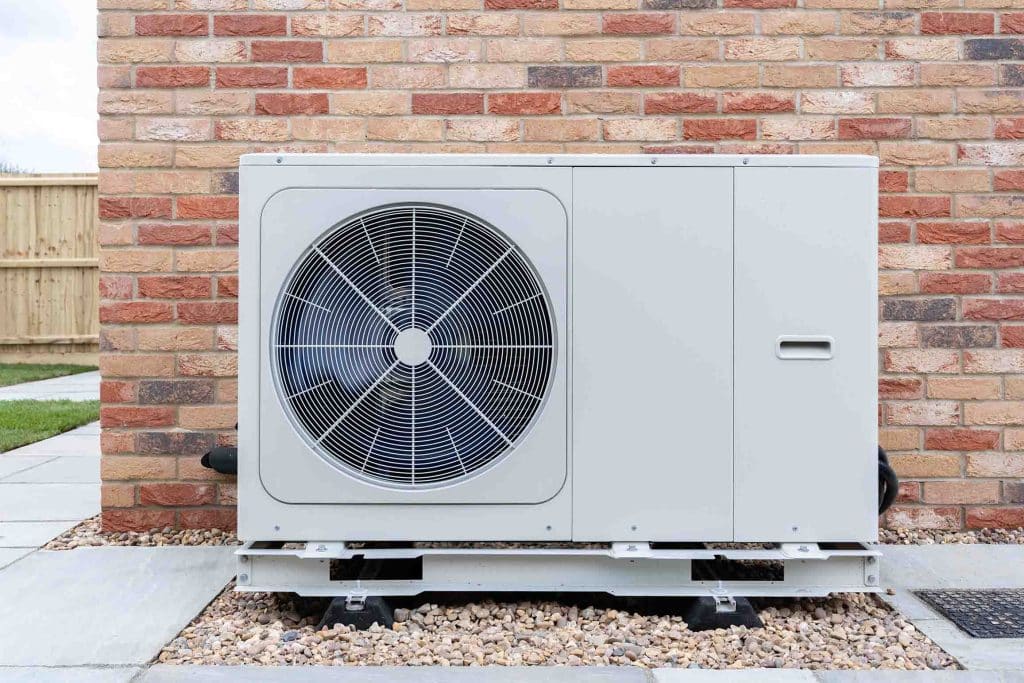
Homeowners should consider installing a heat pump when they seek an energy-efficient, year-round heating and cooling solution. Heat pumps are particularly suitable for those in moderate climates, where they can efficiently handle both heating and cooling needs. If you want to reduce your energy bills, lower your carbon footprint, and enjoy consistent indoor comfort, a heat pump may be a wise choice.
Homeowners interested in versatility and a single HVAC system that provides both heating and cooling should explore heat pump options. Consulting with an HVAC professional, like Clean Air Heating & Cooling, can help determine whether a heat pump is a suitable and cost-effective solution for your specific home and climate conditions.
Call Clean Air today for your professional consultation in the Bellingham, Ferndale, Lynden, and Northwest Washington area today.

